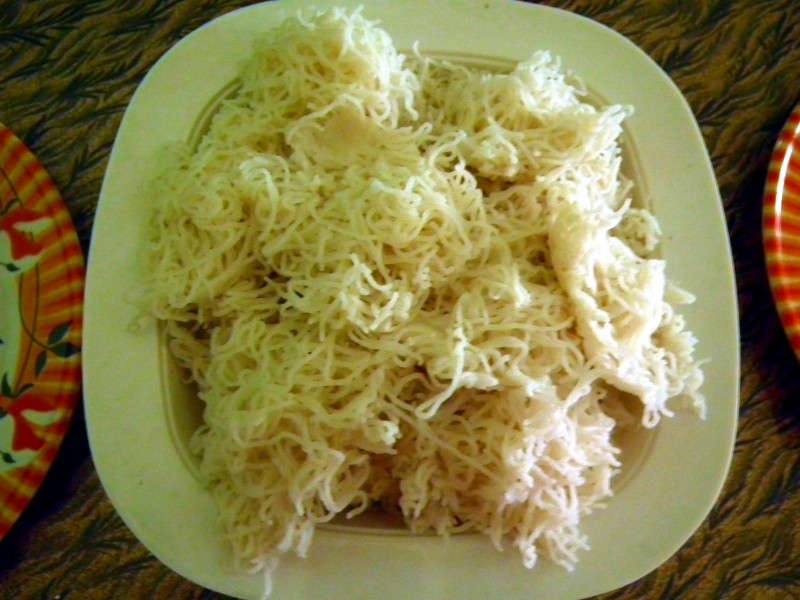
Sorry, we couldn't find anything that matches your search.
Destination

Famous Places to Explore in Hyderabad
A vibrant city with the imposing...

Raipur Tourist Places | Best Place to Visit
The stronghold of several erstwhile...

Ahmedabad
Declared as India's first UNESCO World...
#
Varutha Kozhi
A famous local delicacy, varutha kozhi is a combination of vinegar, chillies, onions and coriander leaves and is served on a banana leaf. It is generally a semi-thick gravy, and prepared as a side dish for the classic rasam rice preparation, or with idli, dosa and other breakfast dishes. Traditionally, it is quite spicy, and is therefore best consumed with a milder item to balance the flavours.

Sadya
A well-known celebratory spread served during the festival of Onam and weddings, sadya is a vegetarian feast that is usually served for lunch. It can incorporate as many as 28 dishes. Traditionally served on a plantain leaf, a sadya spread comprises par-boiled pink rice, khichdi (a mix of dal and rice), curries like parippu, sambar, rasam, pulisseri, as well as kaalan, avial, thoran, olan, pachadi, pichadi, koottukari, erissery, mango pickle, pulinji, naranga achaar (lime pickle), and papadam, plantain chips, sharkara upperi, banana, plain curd and buttermilk.
Payasam, the traditional dessert of Kerala, is served at the end of the meal. Another dessert known as prathaman may also be served. This sweet dish is made with coconut milk and jaggery. The meal doesn’t end here, however. The final serving is of rice and rasam (a tamarind juice-based liquid preparation) that aids in digestion by stimulating the metabolism. According to tradition, the leaf’s tapering end should point towards the guest and the rice served on its lower half.

Puttu with Kadala Curry
One of the most popular recipes in the city of Thiruvananthapuram, the dish is made of steamed rice and decorated with coconut shavings and served with black chickpeas, cooked in a spicy coconut gravy and a general helping of red chillies and mustard seeds.

Malabar Parotta
Flaky, fluffy, crispy and soft is how a Malabar parotta can be best described. It is usually eaten with both vegetarian and non-vegetarian dishes, and is a variant of the North Indian “lachha paratha”, or the Malaysian “roti cannai”. This unleavened flatbread is usually drenched in yummy curries like chicken Chettinad, and other meaty stews to cut the spice of the dish, while adding an element of crispiness to it.
In Thiruvananthapuram, you will find plenty of stalls selling parotta with egg curry – the dish has become popular among locals and tourists alike as a quick street snack. To prepare it, maida (flour) is kneaded with oil, ghee (clarified butter) and water, and even egg. The dough is then beaten into thin layers that are then coiled and rolled flat and lightly fried. It is said that the flatbread was brought from Malaysia by Indian Muslims, and subsequently spread to other neighbouring states over time.

Idiyappam
A combination of flour, water and salt, it is usually served with hot egg curry. Rice flour is pressed into noodles and steamed to create soft, mildly flavoured strings that are best paired with spicy curries and stews. It is known as “putu mayam” in Malaysia and “putu mayang” in Indonesia. It is a popular breakfast item that is sometimes served with coconut chutney as well.

Fish Curry
The distinct flavours of coconut and coconum lend a delicious taste to this special Thiruvananthapuram delicacy. The Kerala meen (fish) curry generally calls for kodampuli, a kind of Malabar tamarind, which is soaked in water and added in a sort of runny broth to the dish. The recipe also includes South Indian fare staples such as curry leaves, mustard seeds, shallots and green chillies, making the fish curry a fiery addition to any meal.







